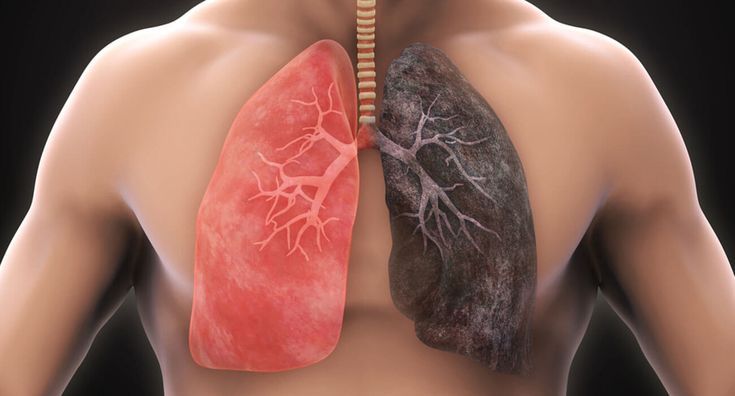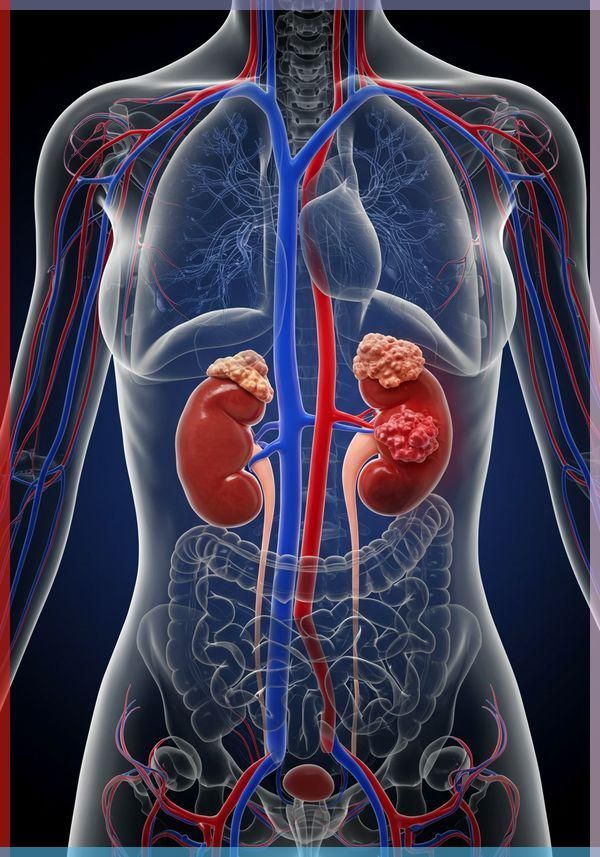
Table of Contents
- Introduction
- Understanding the Role of Community Health Professionals
- Who is a Nurse? Defining the Nursing Profession
- The Overlapping Roles: Nurses vs Community Health Professionals
- Education and Training: Are They Comparable?
- Scope of Practice
- Case Studies: Countries Recognizing Community Health Practitioners as Nurses
- The Ethical Implications of Denying the Nurse Title
- Professional Identity and Recognition
- Legal and Policy Perspectives
- Community Health Impact
- Challenges and Counterarguments
- Public Perception and Communication
- Global Health Frameworks and WHO Recommendations
- Comparing Curriculum Content
- A Historical Lens: Evolution of Nursing and Public Health
- The Future of Community Health Nursing
- Voices from the Field: Testimonials and Experiences
- Policy Recommendations
- Conclusion: Why It Matters
Introduction
In the ever-evolving world of healthcare, titles and roles are not just professional labels—they represent identity, respect, legal scope, and recognition. Among the most contentious debates in public health circles, especially in regions like Africa, is whether Community Health Professionals (CHPs) should be recognized and addressed as nurses.
Community Health Professionals play a critical role in ensuring access to basic health services, especially in rural and underserved communities. Despite their medical training, patient care responsibilities, and direct involvement in public health interventions, they are often excluded from being recognized as “nurses.” This exclusion has led to confusion, dissatisfaction, and sometimes, the underutilization of these crucial health workers.
This blog post presents a detailed and evidence-based argument on why Community Health Professionals deserve to be called nurses, examining their training, roles, community impact, legal implications, and alignment with global nursing definitions.
Understanding the Role of Community Health Professionals
Community Health Professionals (CHPs), often referred to as Community Health Extension Workers (CHEWs) or Community Health Officers (CHOs), are trained healthcare workers whose primary responsibilities include:
- Primary healthcare delivery
- Health education and promotion
- Maternal and child health services
- Disease surveillance
- Home-based care and community outreach
- Immunization and preventive services
- Referrals to secondary or tertiary health facilities
Their work bridges the gap between the healthcare system and the grassroots population. They often serve as the first point of contact for health issues in rural and semi-urban areas.
Who is a Nurse? Defining the Nursing Profession
According to the International Council of Nurses (ICN):
“A nurse is a person who has completed a program of basic, generalized nursing education and is authorized by the appropriate regulatory authority to practice nursing in their country.”
Nursing is not only about hospital care. It encompasses a broad spectrum of healthcare services, including:
- Preventive care
- Patient education
- Public health services
- Direct patient care in various settings
- Community health
The keyword here is generalized nursing education, which involves both clinical skills and public health competencies—skills that many CHPs are trained in.
The Overlapping Roles: Nurses vs Community Health Professionals
A direct comparison of duties:
| Task | Nurses | Community Health Professionals |
|---|---|---|
| Administering medications | ✅ | ✅ |
| Monitoring vital signs | ✅ | ✅ |
| Delivering babies | ✅ | ✅ |
| Immunization | ✅ | ✅ |
| Community outreach | ✅ | ✅ |
| Health promotion | ✅ | ✅ |
| Disease surveillance | ✅ | ✅ |
| Chronic disease management | ✅ | ✅ |
From the comparison above, it becomes evident that role differentiation is minimal. Both professions execute overlapping tasks. So why the disparity in nomenclature?
Education and Training: Are They Comparable?
Community Health Professionals undergo formal education from accredited institutions. Depending on the country, this training may span from *two to four years, including both *classroom learning and practical fieldwork.
In Nigeria, for example:
- CHEWs receive 2–3 years of formal training.
- CHOs are required to have a diploma and often complete an additional Higher National Diploma.
Their training covers:
- Anatomy and physiology
- Pharmacology
- Maternal and child health
- Community diagnosis
- Family planning
- Health education
- Epidemiology
Compare that to nurses, whose curriculum is similar in structure and content. In fact, in many institutions, both professions are trained side-by-side during clinical postings.
Scope of Practice
Nurses and CHPs are both *frontline workers, but the major difference lies in their *geographical focus:
- Nurses are mostly hospital-based or facility-based.
- CHPs focus on community-based interventions.
However, both are licensed and regulated by professional bodies. If the law permits CHPs to prescribe medications, offer immunizations, and provide antenatal care, then their exclusion from the “nursing” identity becomes questionable.
Case Studies: Countries Recognizing Community Health Practitioners as Nurses
1. Kenya
Kenya classifies Community Health Nurses under its nursing cadre. Their training includes both community health and general nursing skills.
2. India
India’s Auxiliary Nurse Midwives (ANMs) function in roles identical to CHPs. Despite minimal training compared to Registered Nurses, they are still addressed as “nurses” in public documents.
3. Ghana
Ghana’s Community Health Nurses are formally integrated into the nursing profession and are represented by the Ghana Registered Nurses Association.
These examples show a progressive recognition of community-based care providers as integral to nursing practice.
The Ethical Implications of Denying the Nurse Title
Denying CHPs the title of “nurse” can lead to:
- Low morale
- Professional dissatisfaction
- Public confusion
- Inequity in professional development
Moreover, it can undermine their contributions to public health. This form of occupational segregation has no scientific basis and is often rooted in outdated policies or professional elitism.
Professional Identity and Recognition
A title is more than just a label—it is a form of validation. Calling CHPs “nurses” gives:
- Recognition for their efforts
- Inclusion in national health workforce planning
- Better career mobility
- Improved public trust
Identity matters in healthcare delivery, especially in resource-limited settings where CHPs are the backbone of public health.
Legal and Policy Perspectives
Many national nursing councils exclude CHPs from registration. This policy bottleneck often stems from:
- Historical separation of public health and nursing
- Resistance from professional unions
- Bureaucratic inertia
Policy reform is necessary to update these frameworks in line with current health system realities.
Community Health Impact
Studies show that CHPs:
- Reduce maternal and child mortality
- Improve vaccine coverage
- Prevent outbreaks through surveillance
- Enhance chronic disease management
Their work aligns directly with the Sustainable Development Goals (SDGs), especially SDG 3: Good Health and Well-being.
If outcomes are the measure of qualification, then CHPs already perform like nurses—and sometimes, even better.
Challenges and Counterarguments
Common arguments against CHP recognition as nurses:
- “They lack full general nursing education.”
- “They are not trained in intensive care or surgery.”
- “Their scope is limited.”
However, the response to these concerns is simple:
- Not all nurses work in ICUs or surgery either.
- Community nursing is a recognized specialty.
- Training and scope can always be expanded through CPD (Continuing Professional Development).
Public Perception and Communication
To the public:
- If you give injections, you’re a nurse.
- If you dress wounds, you’re a nurse.
- If you deliver babies, you’re a nurse.
This general understanding supports the notion that public trust already associates CHPs with nurses. It’s time for institutions to catch up with public sentiment.
Global Health Frameworks and WHO Recommendations
The World Health Organization (WHO) emphasizes the need for:
- Task-shifting
- Integrated care models
- Community-based workforce
In its “State of the World’s Nursing” report (2020), WHO recognizes community-level workers as essential members of the nursing workforce in developing countries.
Comparing Curriculum Content
| Course | Nursing Program | CHP Program |
|---|---|---|
| Anatomy | ✅ | ✅ |
| Pharmacology | ✅ | ✅ |
| Health Education | ✅ | ✅ |
| Community Health | ✅ | ✅ |
| Maternal & Child Health | ✅ | ✅ |
| First Aid & Emergencies | ✅ | ✅ |
While CHPs may not go as deep in hospital-specific content, the breadth of community and preventive healthcare is often more emphasized than in nursing.
A Historical Lens: Evolution of Nursing and Public Health
Florence Nightingale herself emphasized public health and sanitation, cornerstones of modern community health practice. Nursing originated with public service at its core—not hospital beds and injections alone.
CHPs continue that legacy in today’s villages, slums, and grassroots communities.
The Future of Community Health Nursing
The future of nursing is community-centered:
- Home-based care
- Telemedicine
- Epidemic prevention
- Mental health at the grassroots
Community Health Professionals are already practicing the future of nursing—we must acknowledge and empower them.
Voices from the Field: Testimonials and Experiences
Testimony 1:
“I’ve delivered over 300 babies, managed immunizations for 10,000 children, and treated malaria daily for 12 years—but I’m still not called a nurse.” – CHP, Nigeria
Testimony 2:
“People in my village call me ‘nurse.’ But at health conferences, I’m told I’m not one. Why the double standard?” – CHP, Ghana
Policy Recommendations
- Amend nursing acts to include community health professionals.
- Create a unified licensing board for all frontline health workers.
- Standardize training programs with modular pathways to bridge CHPs into full RN status.
- Launch public awareness campaigns to validate and appreciate CHPs.
- Encourage academic research on the impact of CHPs on nursing delivery.
Conclusion: Why It Matters
Community Health Professionals are not just health workers—they are lifelines for millions. Their skills, sacrifice, and service are indistinguishable from that of nurses in many cases.
To continue denying them the title is to *undermine public health, **demoralize caregivers, and *resist the evolution of modern healthcare.
Calling them “nurses” is not only accurate—it’s just.

